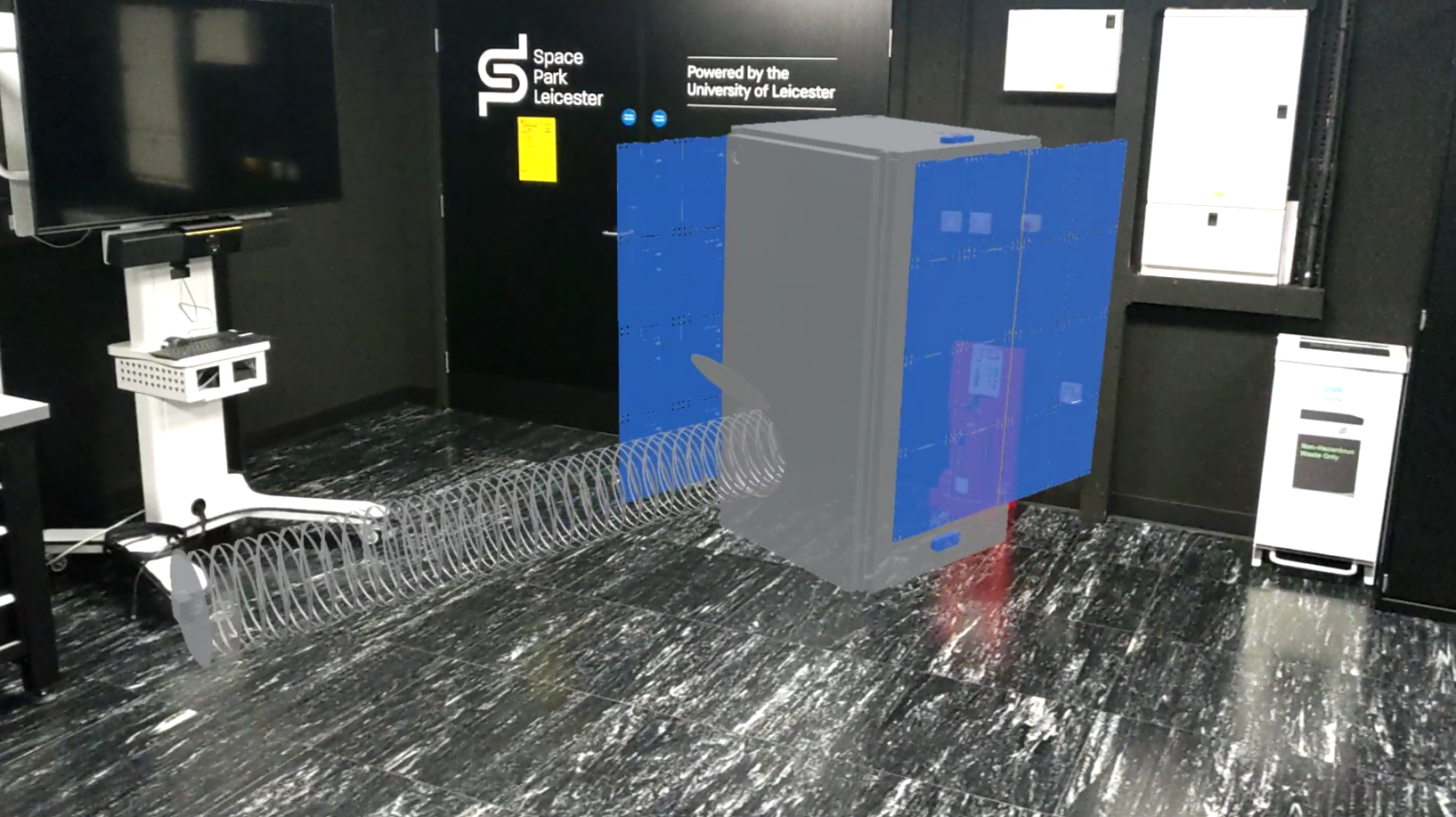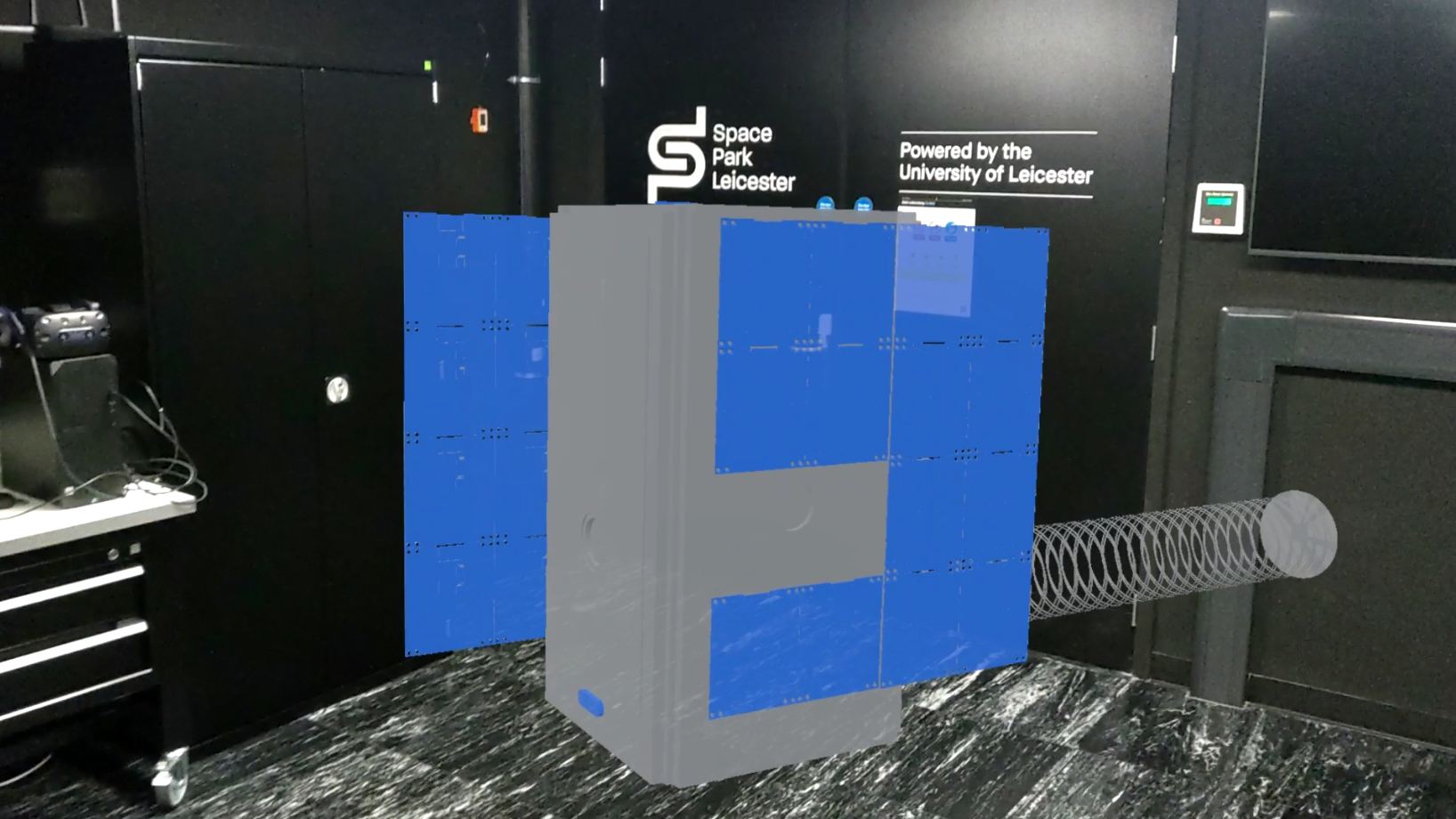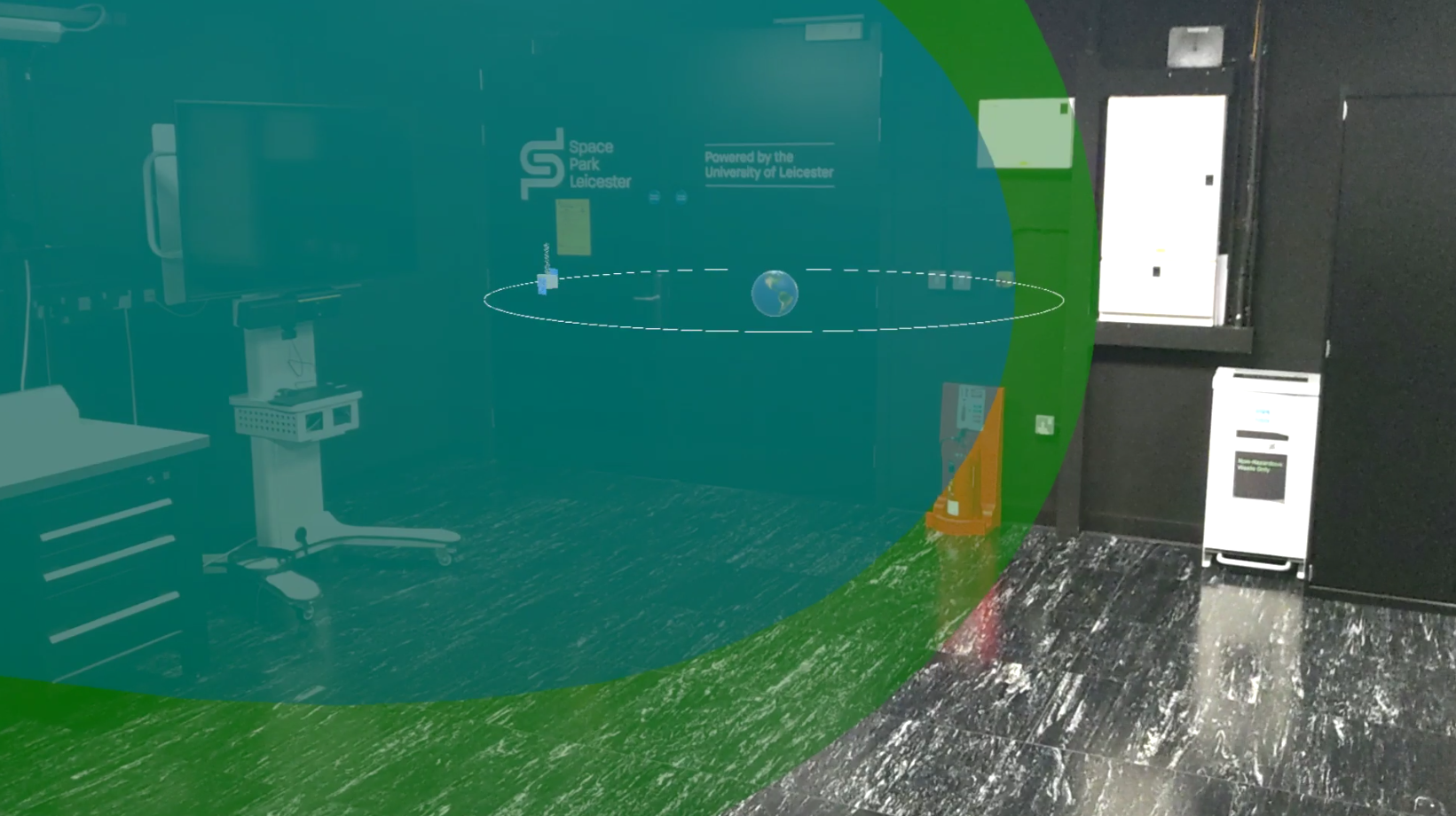Elfen: Augmented Reality at Space Park Leicester
How AR Can Help Designing a Space Mission
In a remarkable development, augmented reality (AR) technology has emerged as a game-changer in the field of space mission design, offering unprecedented capabilities for crafting innovative spacecraft concepts. This cutting-edge technology is now being leveraged at Space Park Leicester to propel the design process of the cubesat mission Elfen to new heights.
AR technology enables engineers to overlay digital information and virtual models onto physical surroundings, offering an immersive and interactive design experience. By donning AR headsets or utilizing AR-enabled devices, designers can explore every aspect of the cubesat, examine its components, and assess the compatibility of various subsystems with remarkable precision.
One of the key advantages of AR in cubesat design is its ability to facilitate collaboration among multidisciplinary teams. Designers from different locations can simultaneously access the AR environment, allowing for real-time feedback and seamless integration of expertise. This collaborative approach not only accelerates the design process but also ensures that all aspects of the mission are thoroughly evaluated before moving forward.
Moreover, AR empowers designers to simulate and visualize the cubesat’s behaviour in various space environments. By incorporating data from simulations and real-world conditions, designers can assess the spacecraft’s performance, anticipate potential challenges, and optimize its functionality. This real-time analysis significantly reduces the risk of errors and ensures the development of robust and efficient cubesat missions.
The impact of AR on the cubesat design process extends beyond the initial stages. Engineers can employ AR to guide assembly and integration procedures, providing step-by-step visual instructions that overlay onto physical components. This dynamic guidance streamlines the manufacturing process and reduces the likelihood of errors, ultimately leading to faster and more accurate spacecraft assembly.
As AR technology continues to advance, its potential applications in space mission design are limitless. It not only enhances the efficiency and accuracy of cubesat development but also fosters innovation by enabling designers to explore unconventional ideas and evaluate their feasibility in real-time.



